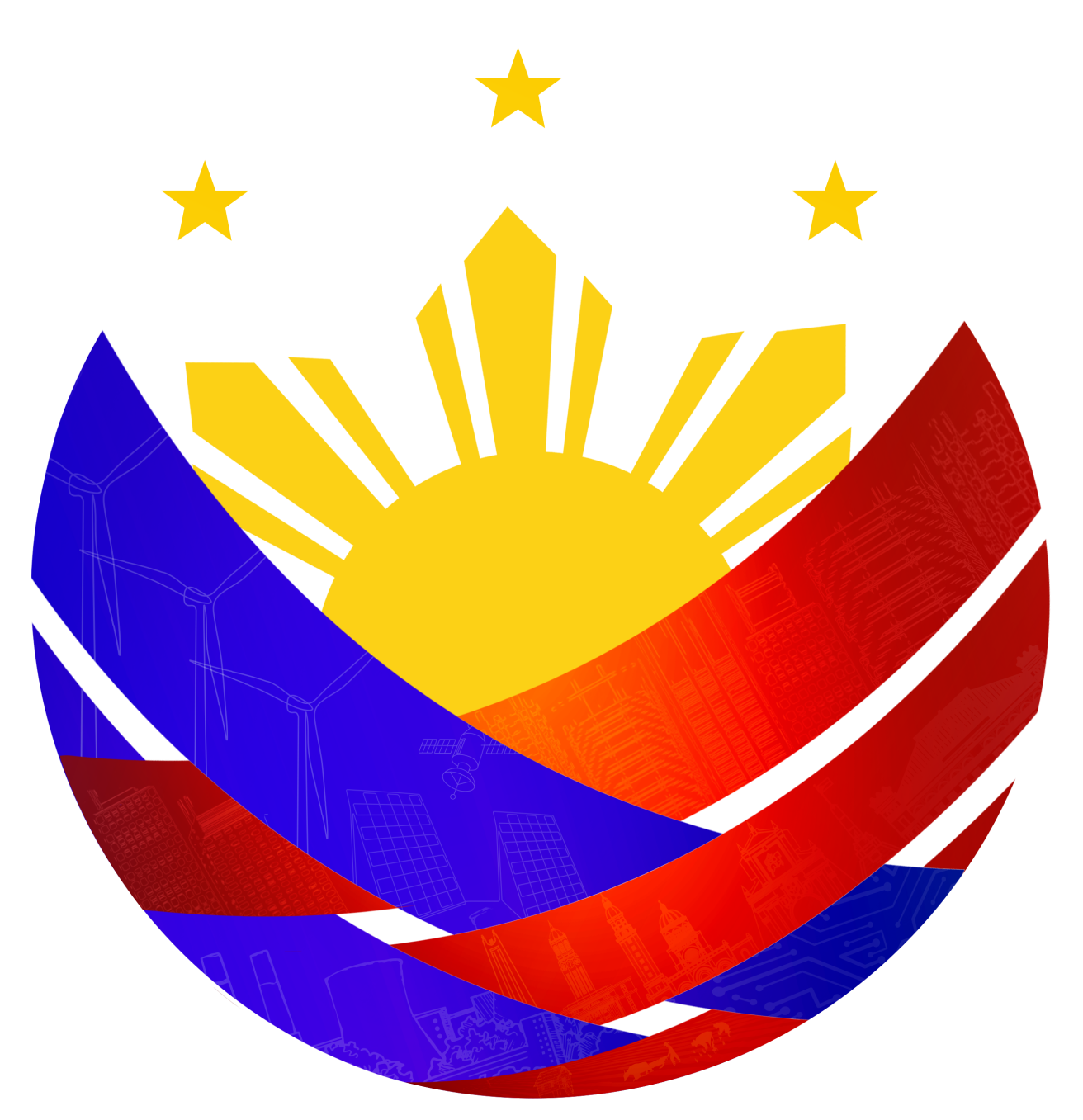
Province of Tawi-Tawi
Tawi-Tawi is a province of the Philippines located in the Bangsamoro Autonomous Region in Muslim Mindanao (BARMM). The province covers roughly 3,626.55 square kilometers and is composed of 11 municipalities, with a total of 203 barangays. The capital of the province is Bongao, which also serves as the provincial center. Tawi-Tawi is known for its stunning natural and cultural landmarks, including Bud Bongao, the province's sacred mountain, as well as its pristine islands and white-sand beaches such as those in Panampangan and Simunul, the site of the first mosque in the Philippines.
History
Tawi-Tawi, the southernmost province of the Philippines, has a history deeply rooted in Islam and maritime trade. Long before Spanish colonization, the area was part of the Sulu Sultanate, which extended influence across the Sulu Archipelago and even parts of Mindanao and Sabah. In 1380, Arab missionary Sheikh Karim-ul Makhdum arrived on the island of Simunul and introduced Islam, building the Sheikh Karimal Makhdum Mosque, the first mosque in the Philippines, which still stands today as a historical and religious landmark. The islands became important trading posts due to their location along vital sea routes, connecting the Philippines to Malaysia, Indonesia, and other parts of Southeast Asia. Tawi-Tawi's communities were traditionally engaged in fishing, boat-making, and trade, with Sama, Badjao, and Tausug as its main ethnolinguistic groups. During the Spanish colonial period, Tawi-Tawi, like the rest of the Sulu Archipelago, resisted colonization under the protection of the Sultanate of Sulu. It was only under American rule in the early 20th century that the region was more formally integrated into the Philippine state. Tawi-Tawi was originally part of Sulu Province until 1973, when Presidential Decree No. 302 created it as a separate province, recognizing its distinct cultural and geographic identity. Since then, Tawi-Tawi has developed as both a cultural and economic center of the Bangsamoro region. Today, it is celebrated for its rich Muslim heritage, pristine natural environment, and role as the gateway to the Philippines' maritime southern frontier.